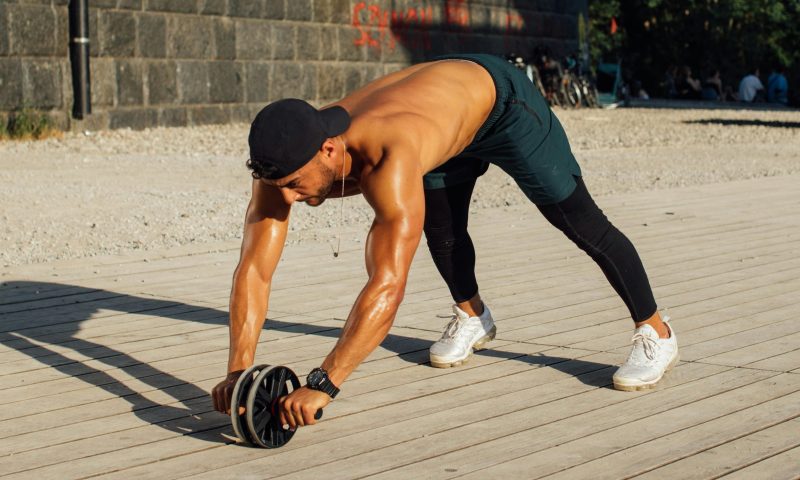When I bought a stand-up desk, I also made an effort to spend a little more time getting up and moving around instead of just sitting at my computer for hours. I definitely noticed a difference and felt a little more positive, productive, and energized. Exercise snacking is surging in popularity as our busy schedules leave us short on gym time.
The benefits of bite-sized portions and microdosing fitness

Exercise snacking is basically microdosing your fitness throughout the day rather than powering through one 45-minute or hour-long session. With this method, you break up your longer periods of inactivity into shorter bursts of movement, typically anywhere from a few seconds to a few minutes. You can try brisk walking, jogging in place, or working your way through a few rounds of bodyweight exercises, such as lunges and squats. It’s convenient and doesn’t require a gym or any special equipment.
Previous research has revealed that exercise snacking is a beneficial and time-efficient way to enhance your cardiorespiratory fitness. Studies are growing on the benefits of exercise snacking, from improving aerobic fitness to building strength. Recently, researchers explored whether this approach could combat the harms of sitting all day. Let’s check out the research.
The study results

In a four-week study published in the International Journal of Environmental Research and Public Health, researchers examined how exercise snacking could enhance leg strength, balance, and other physical abilities.
Here are the results:
- Just 16 minutes of bodyweight exercises, such as lunges and squats, broken up throughout the eight-hour workday, can help mitigate the effects of prolonged sitting and sedentary time.
- Participants improved leg strength and balance.
Aging and sedentary behavior are associated with reduced maximal strength and the ability to maintain balance and control force. The researchers concluded that breaking up sedentary time with calisthenics exercise positively impacted important indices of neuromuscular function and helps overcome the limitations of physical inactivity and prolonged sitting and sedentary time.
Additional research

In a study published in the journal Exercise and Sport Sciences Reviews, the study authors defined exercise snacks as isolated bouts of brief, vigorous exercise, lasting no more than 60 seconds, multiple times per day. Doing stair climbing or cycling three times per day in a quick one-minute burst could improve cardiorespiratory fitness and exercise performance in inactive adults.
Our bodies adapt over time, and if you begin exercising and moving your muscles more, your body will adapt accordingly. I think it’s time to get up, get moving, and chow down on a little bite-sized exercise snack.




